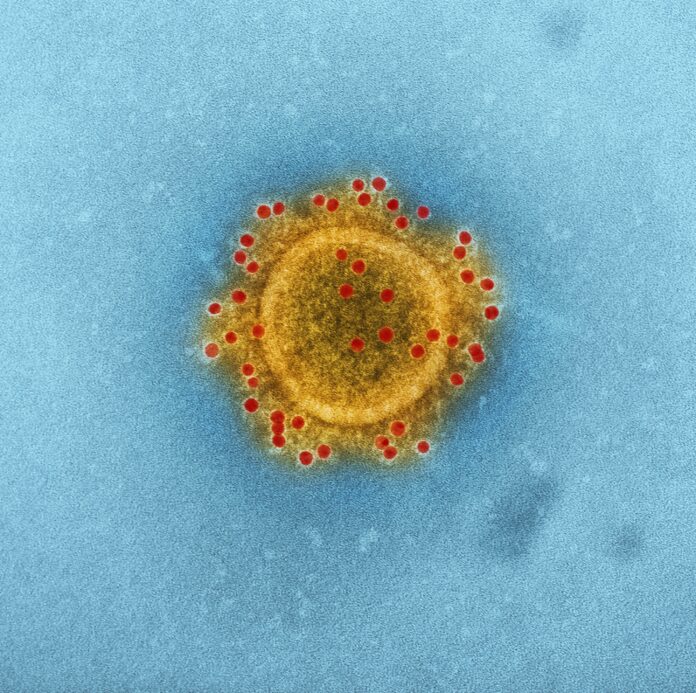The world’s oceans have long been a subject of fascination and mystery. From their deep, dark abysses to their sunlit surface waters, the oceans house an incredibly diverse array of life, from the largest whales to the tiniest plankton. But beneath the shimmering waves, there exists a hidden world, one that most people are unaware of: the world of marine viruses. Surprisingly, recent research has revealed that the oceans contain almost 200,000 different kinds of viruses, a discovery that sheds light on the intricate web of life in the Earth’s seas.
A Microscopic Universe
Viruses are among the tiniest entities known to science. They are not classified as living organisms, as they lack the cellular structure and metabolism characteristic of bacteria, plants, or animals. Instead, they are essentially genetic material encased in a protein coat. While these microscopic entities are responsible for causing many diseases in humans and other organisms, the vast majority of viruses are harmless and play essential roles in their ecosystems.
In the oceans, these viruses are incredibly diverse, with an estimated 200,000 different types. To put that into perspective, that’s more than 10 times the number of known marine species. This diversity reflects the complex interactions between viruses and their hosts, which can range from bacteria to algae and even larger organisms.
Viruses: The Silent Regulators
The oceans are teeming with life, and this life is shaped, to a significant extent, by the presence and activities of viruses. Viruses are critical in regulating the populations of marine microorganisms. They serve as natural controls, helping to keep various species in check, thus preventing the overgrowth of specific organisms that could disrupt the delicate balance of the ecosystem.
One of the most well-studied interactions involving marine viruses is the infection of bacteria. These viruses, called bacteriophages, target and infect specific bacterial species. This is essential for maintaining the balance between different types of bacteria, preventing any one species from dominating and disturbing the microbial food web. By infecting and killing bacteria, viruses release organic matter back into the water, making it available as nutrients for other microorganisms, thus contributing to the overall productivity of the ocean.
Beyond their role in regulating microbial populations, marine viruses also influence global nutrient cycles. When viruses infect algae, they release nutrients that were previously trapped inside the algal cells. This process provides a vital source of nutrients for other marine organisms, such as zooplankton and larger marine animals. It also plays a role in the removal of carbon dioxide from the atmosphere, as these algae take in carbon dioxide during photosynthesis.
Implications for Ecosystem Health
Understanding the remarkable diversity and ecological importance of marine viruses is not just a matter of academic curiosity; it has real-world implications. As we face increasing threats to ocean health, such as climate change, pollution, and overfishing, comprehending the role of viruses in maintaining ecosystem stability becomes crucial.
In particular, a warming climate can alter the distribution and abundance of marine viruses, potentially disrupting these intricate ecological relationships. Such disruptions can have cascading effects on ocean food webs, leading to unforeseen consequences for marine life, including the fish and shellfish populations that are vital sources of food for humans.
The oceans contain an astonishing array of nearly 200,000 different kinds of viruses, a fact that highlights the complex and delicate nature of marine ecosystems. These microscopic entities play crucial roles in maintaining the health and stability of ocean life, regulating microbial populations, and influencing nutrient cycles.
As we continue to explore and better understand the oceans and their inhabitants, it’s increasingly evident that the tiniest organisms can have the most significant impacts. Recognizing the importance of marine viruses in shaping the oceans underscores the need to protect and preserve these vast, diverse, and interconnected ecosystems for the benefit of all life on Earth. The oceans are not just home to an incredible variety of visible species, but also to a multitude of unseen, yet vital, actors in the grand theater of life beneath the waves.
Views: 47






